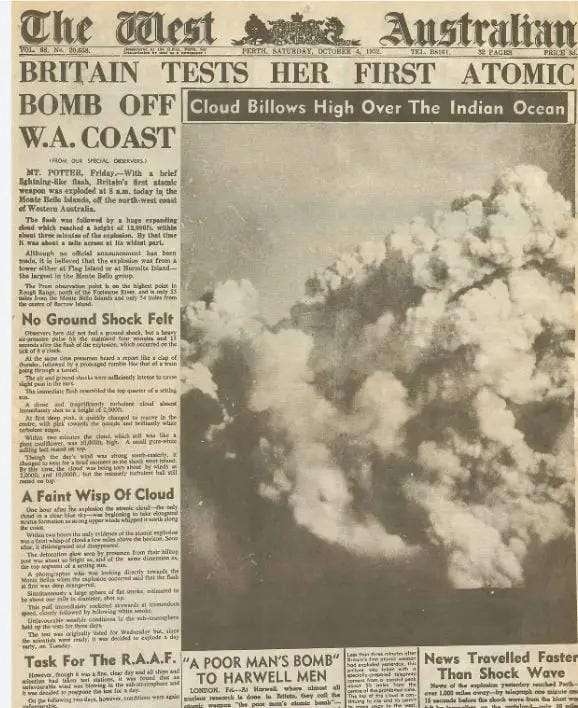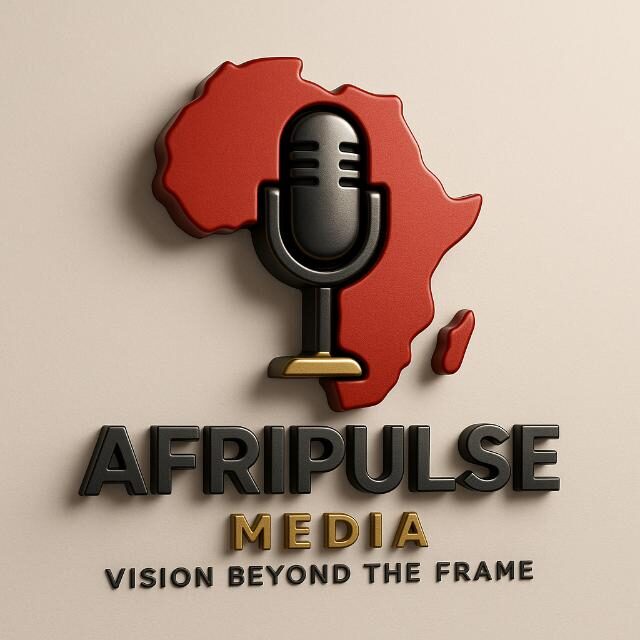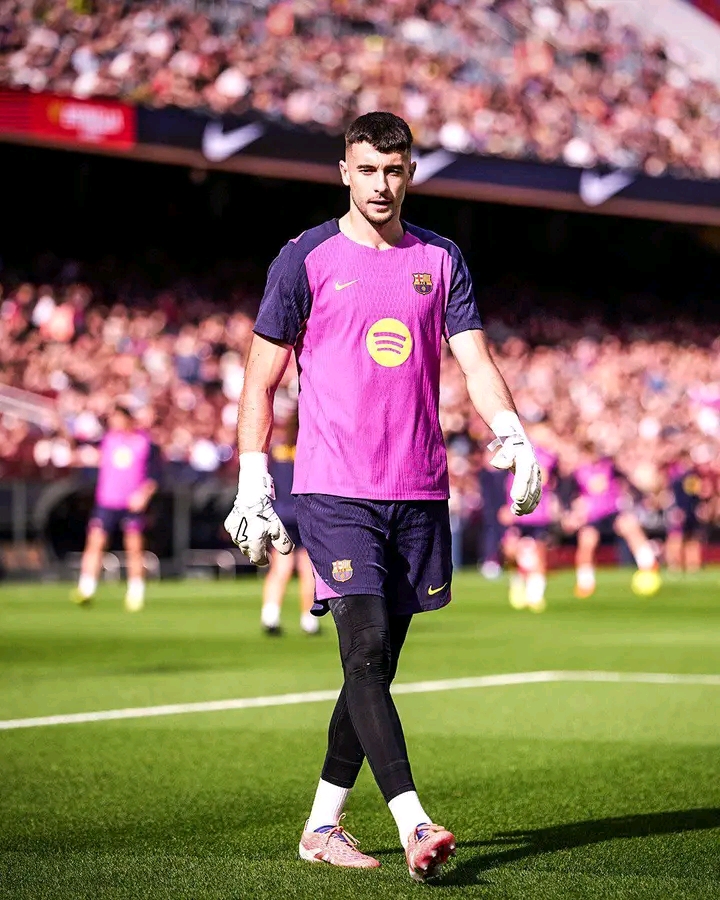
The 20th century witnessed two of the most destructive global conflicts in human history—World War I and World War II—events that forever changed the direction of politics, technology, and warfare. At the peak of the Second World War, in August 1945, the United States dropped two atomic bombs on the Japanese cities of Hiroshima and Nagasaki. The immediate aftermath was catastrophic: tens of thousands were killed instantly, with many more succumbing to radiation sickness and long-term health complications in the years that followed. These bombings not only brought Japan to surrender but also left lasting scars that are still felt to this day. Survivors, known as hibakusha, continue to suffer from physical illnesses and psychological trauma, and the two cities have become global symbols of the dangers of nuclear warfare. The devastation introduced the world to a new era—the nuclear age—where the very survival of humanity became tied to the balance of power between nuclear-armed states. The Cold War period, defined by the nuclear arms race between the United States and the Soviet Union, reflected the double-edged nature of nuclear technology: it deterred direct large-scale war between superpowers through the doctrine of mutually assured destruction, yet it also kept the world on edge, one mistake away from potential global annihilation.
In contrast, the 21st century has been defined by rapid advances in artificial intelligence (AI), a technology often hailed as the new frontier of human progress. AI has brought remarkable benefits, from medical innovations like predictive diagnostics and robotic surgery, to economic growth through automation, and enhanced communication systems that connect people globally. Unlike nuclear weapons, AI is not inherently destructive; however, its potential misuse poses serious threats. Autonomous drones and AI-driven weapons systems are raising fears of a new kind of arms race, one in which decisions of life and death may be left to algorithms rather than human judgment. For instance, military powers today are experimenting with AI-guided missile systems and surveillance technologies that could tilt the balance of power much as nuclear weapons once did. Beyond warfare, AI also threatens social and economic stability by displacing jobs, spreading misinformation through deepfakes, and concentrating power in the hands of those who control the technology.
When comparing the nuclear threat of the 20th century with AI risks in the 21st, both highlight the tension between technological innovation and human responsibility. The scars of Hiroshima and Nagasaki serve as a stark reminder of what happens when innovation outpaces ethical restraint, showing how one technological breakthrough can alter global history. Nuclear weapons, though devastating, were limited by treaties such as the Nuclear Non-Proliferation Treaty (NPT), and the visible horror they caused created a culture of caution. AI, however, spreads more diffusely across nations and industries, making regulation more difficult and the risks more subtle. While nuclear bombs presented the world with an immediate existential threat, AI poses a slower but potentially equally destabilizing danger if misused or left unchecked. As the 21st century progresses, the global community faces the challenge of ensuring that AI becomes a tool for peace and progress rather than conflict and domination, learning from the painful lessons etched into history by the ruins of Hiroshima and Nagasaki.

